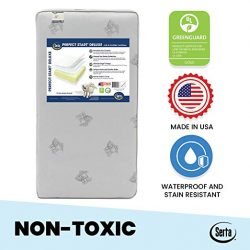Don’t we all want a nice garden with plants of our fancy? But it’s so hard to actually make plants grow, much less thrive. Well, not to worry! We’ve got the perfect collection of Gardening Tips and Techniques to use, which’ll get your plants looking their best and thriving great. Plus, you might just find out new ways to make gardening easier. Don't miss this well researched guide on best weed killers on the market.
Beginner’s Guide To Gardening
- Make a seed planter with a stick and nails
- Insulate Your Pots Before Planting Seeds
- Make a sunlight concentrator with aluminum wrap
- Use vegetable water to feed plants. Great Plant Tonic!
- Water in the morning or the evening
- 50-50 water and apple cider in a bottle catches aphids and bugs
- Wood ash can help your plants flower
- Stop the ball of twine from rolling around
- Repel insects with natural soap
- Pluck fruits early, and harvest with bananas
- Kill mold and fungi in the ground by letting ground dry before watering
- Put kitchen waste in the ground
- Grow seeds in paper bags or empty citrus peel
- Losing too much moisture? Use a baby diaper
- Use a plastic bottle to water plants while away
- Pluck your marigolds
Make a seed planter with a stick and nails
It’s so difficult to prepare the bed to plant your seeds; it doesn’t help that you have to space out the holes as well. Well, we can help with that.
- Take a long wooden stick or a long but narrow plank.
- Get the longest nails you can find at the hardware store.
- Put marks on your plank at desired spacing (you can even make several of these with different spacings).
- Hammer or drill the nails into the plank, and your planter is good to go.
A well spaced bed can add a lot of symmetry to your garden which is never unattractive.
Pro Tip : Different seeds and saplings might require planting at different depths. Mark the nails at every centimeter to get a rough idea about how deep you need to go. Use electrical tape to add some more shelf life to the tool.
Insulate Your Pots Before Planting Seeds
The climate where I live is hardly stable. It’s boiling hot in May and biting cold in December. And my plants often don’t take too well to either condition.

Thankfully, bubble wrap was all I needed to protect them. Simply place it along the inside of the pot before putting in the soil, and plant your sapling as usual. It’ll keep the soil toasty in winter evenings and cooler in hot su mmers. This is especially helpful for pots made of ceramic, concrete or stone.
Make a sunlight concentrator with aluminum wrap
During the winter months, when the sun shifts southward, my kitchen garden receives absolutely no sunlight because of a neighbor’s property. As a result a lot on plants in the winter tomato crop die or grow sluggishly.
- The solution turned out to be pretty easy though.
- All you need is a few rear-view mirror assemblies (we only need the joint) from the closest junkyard.
- The dealer will probably be happy to give you some for barely any money.
- Fix the assembly on a stick, and make sure the socket gets sunlight for at least a few hours in the day.
- All that remains to be done is to get a piece of cardboard (or even a shoe box lid) and wrap it in Aluminum foil.
- Fix it on the assembly using some tape or hot glue, and a good swathe of your garden should be illuminated with sunlight again.
Pro Tip : You can leave the assembly in the same position for the entire day. Or, you can adjust it to point at various plants that you think need sunlight. Some let the mirror itself reflect sunlight, but to me that looks a bit unpolished.
Use vegetable water to feed plants. Great Plant Tonic!
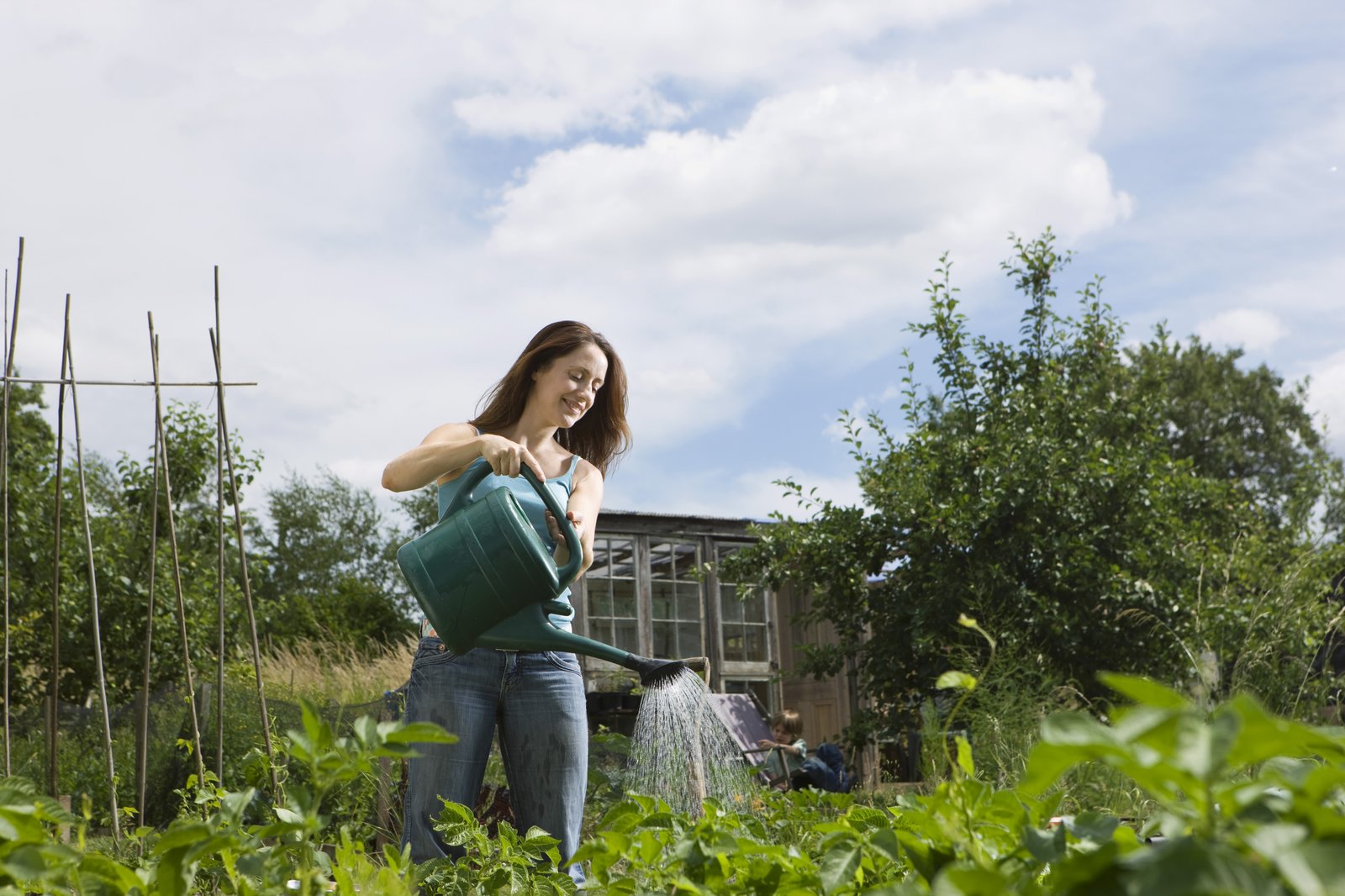
When you boil or steam vegetables, a lot of nutrients collect in the water. Most people are unaware of this and throw the water in the drain. But you’ll be surprised how great it can be for your plants. Be it potatoes, carrots or any other vegetable, collect the water after you take out the vegetables, and water your choicest plants with it. You can even use water used to boil eggs; just make sure not to add salt to the water. Salt water kills plant roots.
Water in the morning or the evening

Tired of having your plants look weak and lustreless? It could be that you’re watering them at the wrong time. Have your sprinklers adjusted to water your lawn in the morning or in the evening, when the temperatures are low. Since there is less evaporation at these times, the water can last much longer in the soil and keep your plants happy. It also saves a lot of water.
50-50 water and apple cider in a bottle catches aphids and bugs
Another problem with my tomato crop is tiny bugs that attack it just as the first flowers are beginning to bloom. The harm doesn’t begin to show till the first batch of tomatoes has been harvested; the bugs teem out of the garden the moment you shake a branch. There is a quick solution to that as well. I took a conical flask and filled it with water and apple cider vinegar in equal amounts. All that needed to be done was place the flask near the plants, and the bugs began to drown themselves in the flask by hundreds. My tomato plants went on to last an entire month longer than they used to!
Wood ash can help your plants flower
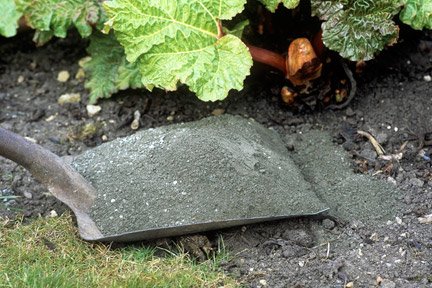
A tried and tested means of getting plants to flower is to use wood ash. If you have a fireplace, a coal-fired barbecue grill or maybe a wood-fired kiln nearby, collect the ash and fertilise your plants with it. Wood ash contains a wonderful amount of potassium, which is an essential plant nutrient, and is needed copiously by most flowering plants. There’s also a nice amount of sulphur, which should discourage bugs.
Stop the ball of twine from rolling around
I’m always losing my twine ball. I pull the string, and it rolls out into the bushes, leaving it for me to trace it back. Now I just put the ball in an upturned planter. I pull out one string from the hole and the ball cannot scoot off from the planter as i keep pulling it to keep my plants properly aligned.
Repel insects with natural soap
Insecticides are harsh and many solutions can actually cause the leaves to suffer damage. But you can get virtually the same effect on insects without harming the leaves using natural soap. Natural is important; detergents, hand sanitisers or other alternatives won’t work.

Neither will soaps with moisturisers or perfumes. Simple soaps are easy to find, though their price varies depending upon where you live. Plus, the fatty acids which make the soap come from animal or vegetable fat, which makes them completely biodegradable. Simply add 5 tablespoons of soap (grate it if you want) to one gallon of water.
Mix it up and spray it over your plants and their leaves. The soap kills the aphids and bugs on its own. You can also add vinegar, insect repelling oils such as neem oil or some pepper to the solution as well for better action.
Pluck fruits early, and harvest with bananas
The problem with letting fruits ripen outside is that it just takes too much time. Plus birds pick the ripe ones and spoil them; there’s only so many crab apples you can make jam out of. So I pluck my fruits off the tree just after they show the first signs of colour. I put them in a big basket with a few fingers of banana, and cover the entire basket with paper towels, newspaper or anything else I can find. The fruits ripen with the ethylene the bananas release, and I can hand them out at the local shelter ever so often.
Kill mold and fungi in the ground by letting ground dry before watering
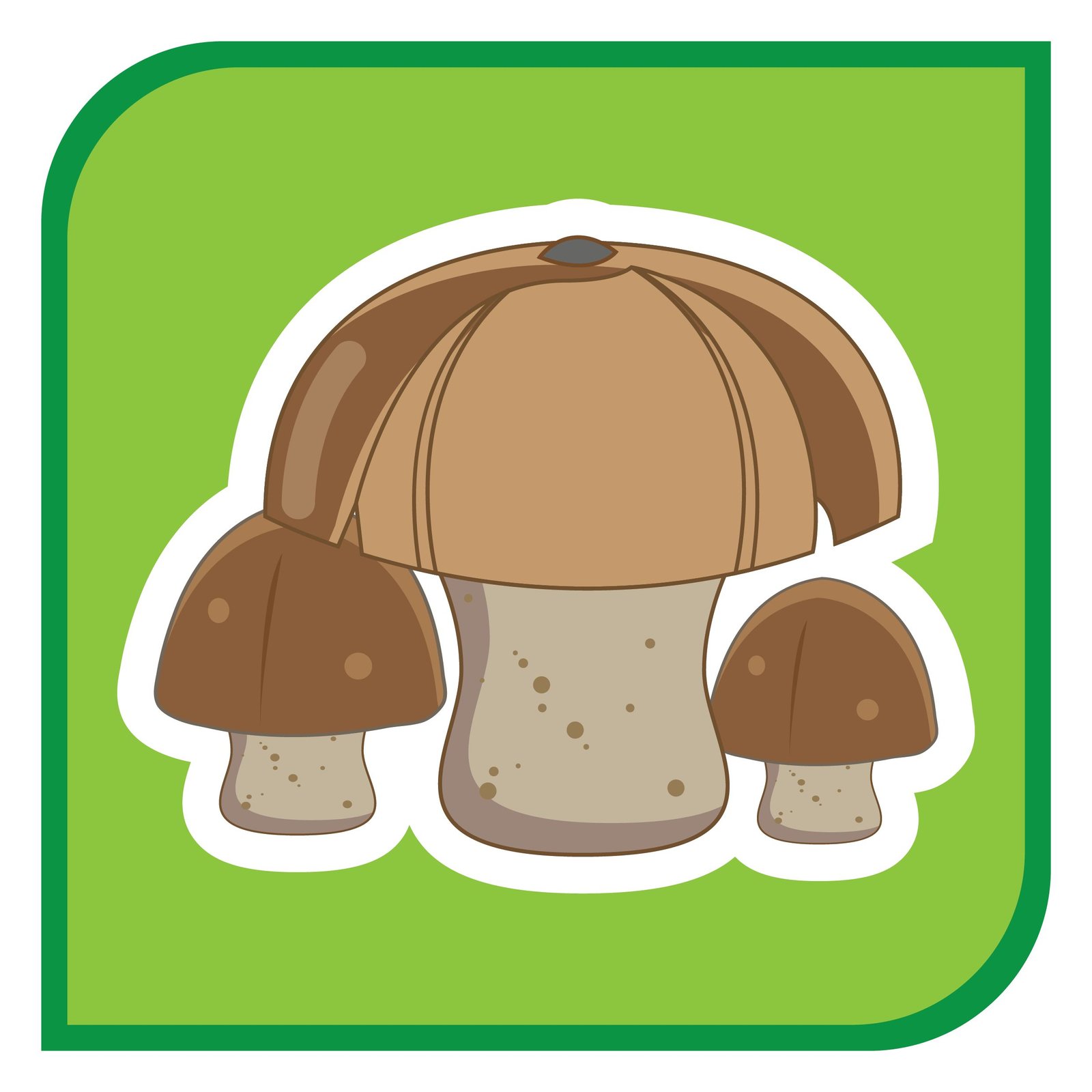
Bothered with fungi in the soil? Well, fungi needs moisture to thrive. If you discover fungi or mold, it could be that you’ve been overwatering the soil. Let the ground dry out completely. This should kill fungi and also air out the soil if you can take the time to quickly unsettle it with any digging tool.
Put kitchen waste in the ground
Much like the boiled soup, vegetable peels too can be used as a plant fertiliser. Simply collect the waste in a small container and bury it an inch or so under the soil. The decomposition provides a nice packet of moisture to the soil, along with nutrients that plants just cannot do without.

You can also have the peels put in one single spot in some corner. Keep watering it, and in due time, it should turn into a slurry. This power packed slurry can make your plants thrive in pretty bad conditions.
Do maintain Cleanliness in your garden. Do't let leafs to lure around in your garden. You can use leaf blowers to clean them up in minutes.
Grow seeds in paper bags or empty citrus peel
A perpetual problem people face with seeds is getting them started and when they’re big enough, transplanting them. Well, what if the pot you planted your seeds in was temporary itself?
Confused?
- Just plant your seeds in a paper bag (if you tend to water lavishly, you might like to use several paper bags or cardboard packaging instead.
- The potting mix remains the same.
- All the other steps are the same.
- Only once your seeds are big enough for the big bad world, simply put the entire box in the ground and cover it up well.
- The box or paper bag will decompose with time and your plants will love the extra nutrients.
Another solution is to use halved citrus fruits. I prefer to use oranges over limes, since there’s more space for the seed to grow in. Citrus peels generally work better for quick sprouting seeds, like basil or other simple herbs like it.
Losing too much moisture? Use a baby Diaper
I know cocopeat works wonders at keeping moisture locked in and readily available to plants. But fact is that cocopeat, like any natural substance, deteriorates and biodegrades.
If you cannot keep adding more and more cocopeat into the soil each year, try using a baby diaper instead. .You can cut it open and pull out the cotton-like material inside to add to the soil. This works great if you add it under the soil.
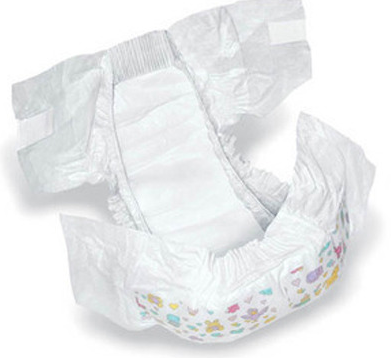
A better way to get the water soaking material out is to actually soak the diaper in some water (even if a baby has soaked it, the urea will act as a fertiliser); just one tear at the fabric and the material comes right out. Or, just let a fresh new diaper sit at the bottom of your potter.
Any extra water will be absorbed into it, and even if you go away for a week, the diaper will have enough moisture to sustain your plants healthily.
Use a plastic bottle to water plants while away
I don’t know how many actually do this, but plastic bottles are really great at maintaining moisture close to your plant roots in the hot months.
- If you have empty soda bottles, grab yourself a pin and poke a hole or two in the cap.
- Heat the pin over a candle flame to get it done quicker (be careful though).
- Then, saw off the base of the bottle.
- Put the bottle in the ground with the holes pointing downward into the soil.
- Let a little bit of the bottle remain above ground so it doesn’t fill up with dirt.
- You can now fill the bottle with water, and it’ll begin seeping into the ground, to be taken up by plants around it.
- You can use the base of the bottle you sawed off to cover the bottle (place it upside down, not as it came attached) to prevent insects from breeding in the water, and put a rock over it to prevent it from being blown away in a storm.
Other great ideas are to plant some saplings around the bottle, grow some mosquito-repelling lemongrass, or cover the bottle with some mulch to prevent the bottle from heating up too much in the day.
Pluck your marigolds
Last and perhaps counter-intuitive to many, it can be a great idea to pluck your flowers.
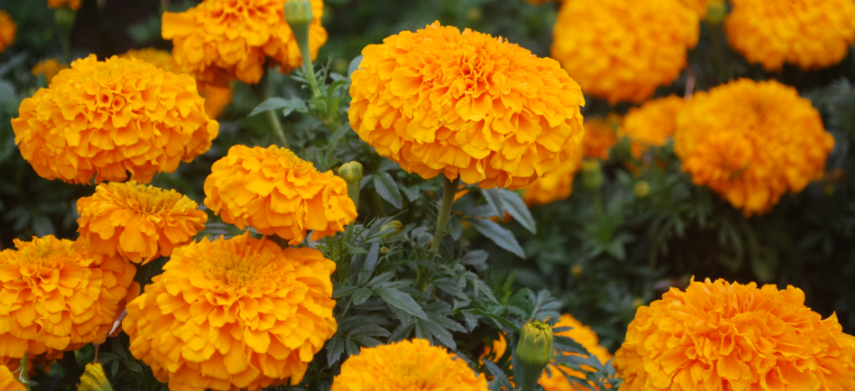
This differs from plant to plant, but I’ve seen marigolds thrive when the flowers are plucked out before they begin to wilt. Once the flower reaches full maturity, many species of marigold will begin to invest most of the plant’s energy into ripening the seeds in the pod, and many buds might even die before they manage to bring out one petal.
Plucking the flower out can keep the plant engaged in producing more and more flowers. At the end of the season, however, keep some flowers on the plant, and you have seeds for the next bed of flowers. As for the flowers, you can use many in teas, display them in vases, wear them in your hair or make fun organic dyes or pot pourri!
Verdict
So there you have it! A nice set of gardening tips and techniques to make your plants grow healthy and lustrous, as well as make them last longer. Are there others you know of? I’d love to hear a few more.


